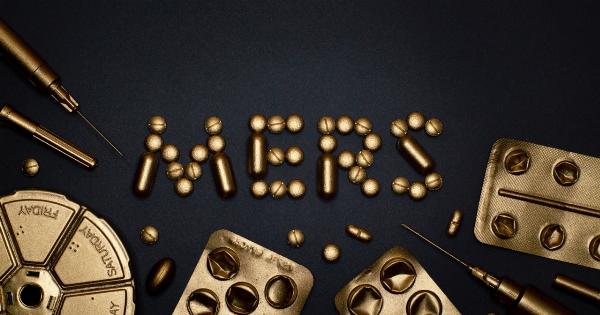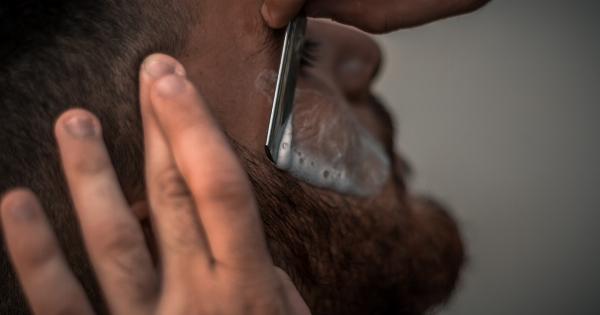Whether you’ve experienced a minor cut or a severe injury, bleeding is often inevitable. However, it’s crucial to know how to control the bleeding to avoid potentially life-threatening situations.
In this article, we’ll look at some of the most effective ways to stop bleeding.
1. Apply Direct Pressure
The simplest and most effective way to stop bleeding is by applying direct pressure. Using a clean cloth or gauze, press down firmly on the wound for a few minutes until the bleeding stops.
If the cloth becomes soaked in blood, add a new one on top of the old one without removing it, and continue applying pressure until the bleeding stops.
2. Elevate the Wound
Elevating the wounded area can help to slow down blood flow to the area. This works best for injuries to the arms or legs. Prop the affected limb up on a cushion or pillow, and keep it elevated above the level of your heart.
3. Use a Tourniquet
A tourniquet is a device used to compress an artery and thereby stop the bleeding. This is usually only used in life-threatening situations, and should only be done by a trained professional.
Improper use of a tourniquet can cause irreversible damage to the limb.
4. Use Styptic Powder
Styptic powder is a compound that can help to stop bleeding by contracting blood vessels. It’s commonly used for minor cuts on dogs or cats, but can also be used on humans.
Apply a small amount of styptic powder directly to the wound, and it should help to stop the bleeding.
5. Apply Ice
If the bleeding is caused by a blunt force trauma instead of a cut, then you can apply ice to reduce the swelling and bleeding. Wrap ice in a clean cloth and apply it to the affected area for 10-15 minutes.
Do not leave ice on the skin for too long, as it could damage the skin.
6. Seek Medical Attention
If the bleeding is heavy and cannot be stopped with these first aid techniques, seek medical attention immediately. Failure to do so could result in serious consequences, including death.
Even minor wounds can become infected and lead to serious complications.
7. Use a Wound Dressing
A wound dressing can help to stop bleeding and prevent infection. Choose a sterile dressing that is appropriate for the size and location of the wound.
Secure the dressing in place with adhesive tape, and make sure to change it regularly until the wound heals.
8. Apply Pressure Point
Applying pressure to a pressure point can help reduce bleeding in a specific area. There are different pressure points for different parts of the body, so it’s important to know which one to apply pressure on.
For example, applying pressure to the brachial artery can control bleeding from the upper arm.
9. Cover the Wound
Covering the wound with a clean, dry cloth can help to prevent further bleeding. Use a sterile dressing or clean cloth, and make sure to secure it in place with adhesive tape.
Do not remove the original cloth or gauze that was applied to the wound, as it could reopen the wound and cause more bleeding.
10. Apply Heat
Applying heat can help to increase blood flow to the area and promote healing. This is best for bruises or minor injuries that don’t require direct pressure.
Wrap a hot water bottle or heat pack in a clean cloth and apply it to the affected area for 10-15 minutes. Do not leave the heat pack on for too long, as it could cause burns.






























